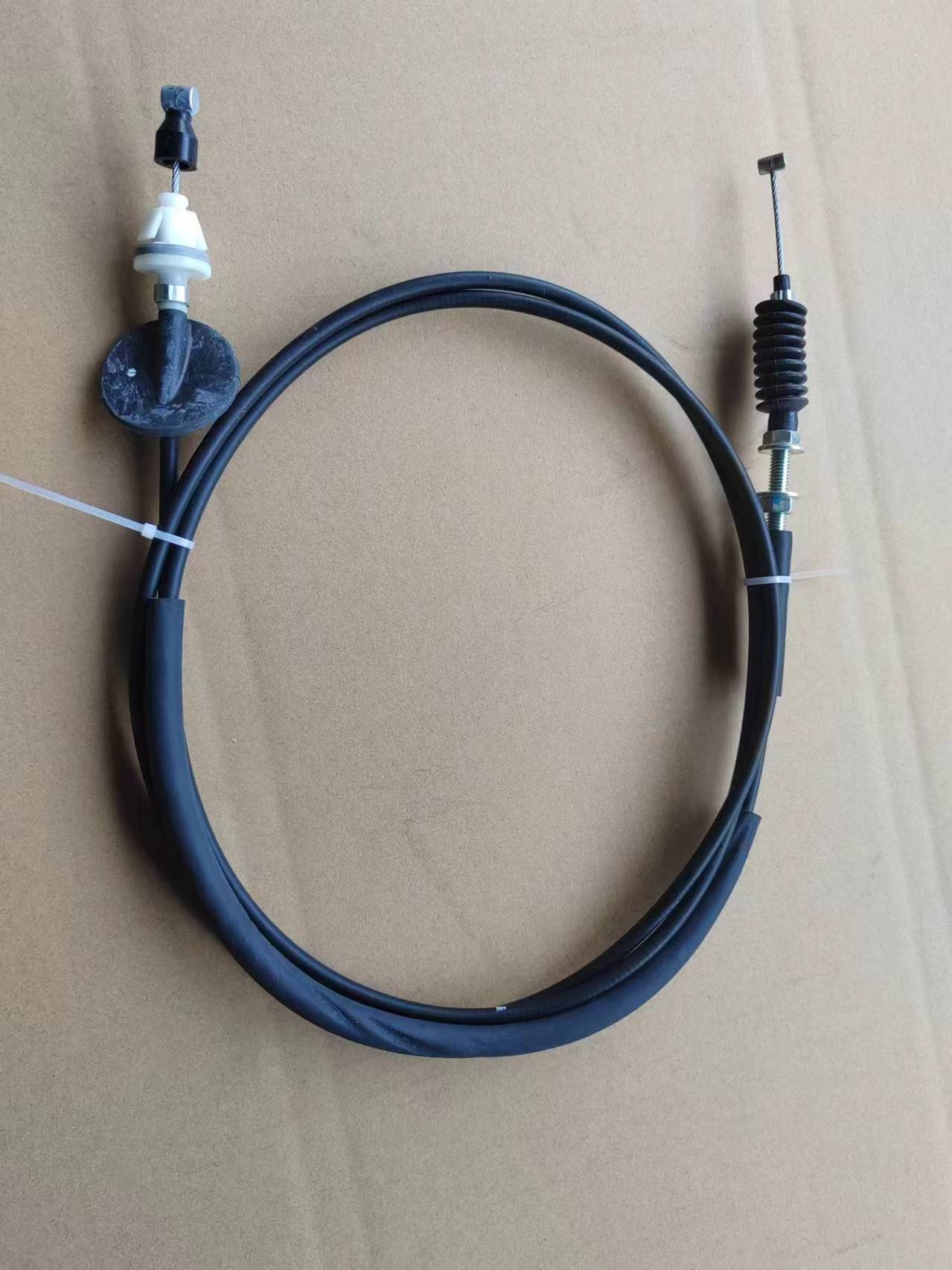clutch pipe
Understanding Clutch Pipe An Essential Component in Automotive Systems
In the world of automotive engineering, numerous components work in harmony to ensure the smooth operation of vehicles. Among these, the clutch pipe plays a vital role, particularly in manual transmission systems. Understanding the function, design, and maintenance of the clutch pipe can help automobile enthusiasts and vehicle owners alike appreciate its importance in vehicle performance.
What is a Clutch Pipe?
A clutch pipe, often referred to as a clutch hydraulic line or clutch fluid line, is a crucial component in the hydraulic clutch system of a vehicle. This pipe is responsible for transferring hydraulic fluid from the clutch master cylinder to the slave cylinder, which actuates the clutch mechanism. The hydraulic system allows the driver to engage or disengage the clutch smoothly, facilitating gear shifts and preventing the engine from stalling.
Design and Construction
Clutch pipes are typically made from durable materials such as reinforced rubber or metal, designed to withstand high pressure and heat generated during vehicle operation. The construction of these pipes is critical, as they must not only be resilient to extreme conditions but also resistant to corrosive fluids.
In many modern vehicles, clutch pipes are integrated with other components for efficiency, and may include features such as protective sheathing to guard against wear and tear. Certain designs also incorporate quick-release fittings, enabling easier access and replacement during maintenance.
Function of the Clutch Pipe
The primary function of the clutch pipe is to facilitate the movement of hydraulic fluid from the clutch master cylinder to the slave cylinder of the vehicle. When the driver presses the clutch pedal, the master cylinder generates hydraulic pressure that travels through the clutch pipe. This pressure acts on the slave cylinder, which then disengages the clutch, allowing the driver to shift gears seamlessly.
This hydraulic mechanism has several advantages over traditional mechanical systems. For instance, hydraulic systems require less force to operate, resulting in a smoother and more responsive driving experience. Additionally, they tend to require less physical maintenance since there are fewer mechanical components susceptible to wear.
clutch pipe

Common Issues with Clutch Pipes
Despite their robust design, clutch pipes can encounter problems. One of the most common issues is the development of leaks, which can lead to the loss of hydraulic fluid. A leak in the clutch pipe can result in a decreased ability to disengage the clutch, making gear shifts difficult and, in some cases, impossible.
Another issue can arise from the deterioration of the pipe material itself, which can be caused by exposure to heat, pressure, and corrosive substances. Over time, this deterioration can lead to cracks or ruptures, which necessitate prompt inspection and replacement to avoid significant damage to the vehicle’s clutch system.
Maintenance Tips
1. Regular Inspection Periodic checks of the clutch pipe and the entire hydraulic system can help identify potential problems early. Look for signs of fluid leakage around the clutch master and slave cylinders, as well as along the pipe itself.
2. Fluid Replacement It’s essential to replace the clutch hydraulic fluid according to the manufacturer’s recommendations. Old or contaminated fluid can compromise the function of the entire hydraulic system.
3. Watch for Warning Signs If the clutch pedal feels spongy, engages high or low, or if there are unusual noises when shifting gears, it’s a clear indication that the clutch system needs to be inspected.
4. Professional Service For those unsure about diagnosing issues with their clutch pipe or the hydraulic system, seeking the assistance of a qualified mechanic is advisable. They can conduct comprehensive checks and perform necessary repairs or replacements efficiently.
Conclusion
The clutch pipe is an integral component of the hydraulic clutch system, facilitating smooth gear transitions and ensuring optimal vehicle performance. Understanding its function and importance can help vehicle owners to take proper care of their automobiles. Regular maintenance and attentive observation can prevent common issues, thus enhancing the longevity and reliability of the clutch system. As automotive technology continues to evolve, staying informed about such essential components will empower drivers and enthusiasts alike.
-
Upgrade Your Control with Premium Throttle CablesNewsAug.08,2025
-
Stay in Control with Premium Hand Brake CablesNewsAug.08,2025
-
Experience Unmatched Performance with Our Clutch HosesNewsAug.08,2025
-
Ensure Safety and Reliability with Premium Handbrake CablesNewsAug.08,2025
-
Enhance Your Vehicle with High-Performance Clutch LinesNewsAug.08,2025
-
Elevate Your Ride with Premium Gear CablesNewsAug.08,2025
